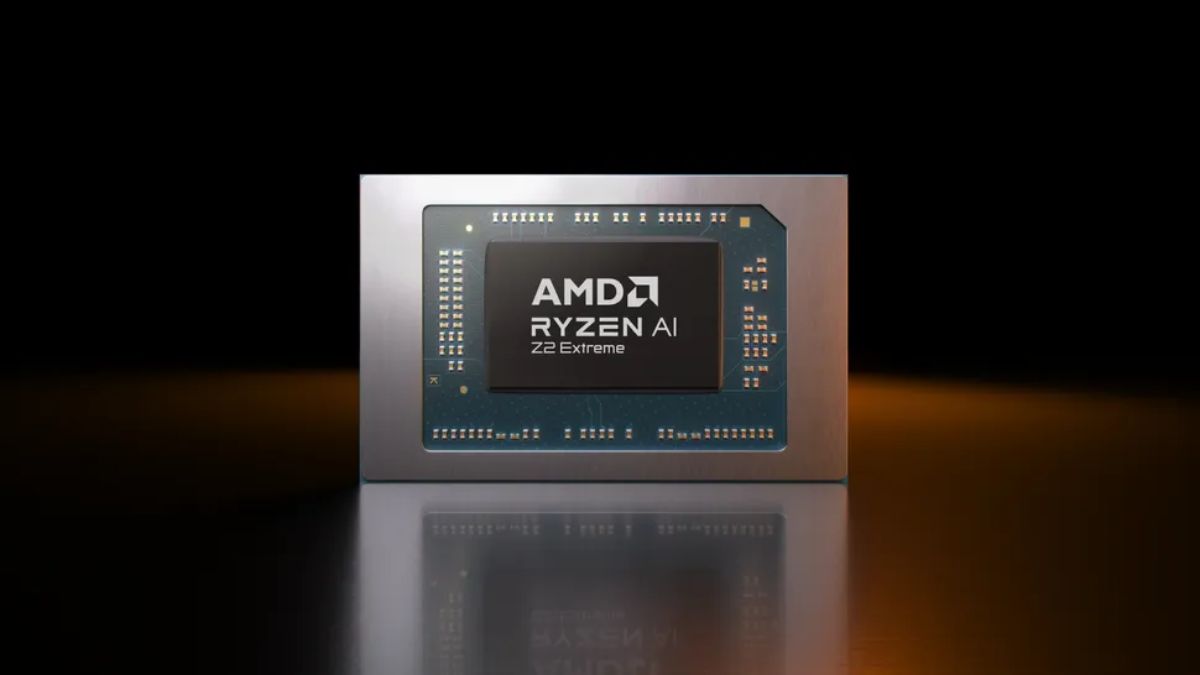
Advertisement
Handheld gaming PCs like Valve’s Steam Deck and the ROG Ally have created a new wave of demand for devices that can balance high performance with excellent power efficiency. Now, AMD appears to be pulling ahead in this space. According to new benchmarks, AMD’s Ryzen Z2 Extreme is outperforming Intel’s Core Ultra 7 258V, showing impressive gains across multiple popular game titles while maintaining lower power consumption.
The battle between AMD and Intel is now being seen in MSI’s newest handhelds, the MSI Claw A8, which uses the Z2 Extreme, and the Claw 8 AI+, which features Intel’s Core Ultra 7. While Intel’s Lunar Lake chips have been strong performers at medium power levels, AMD’s new Z2 Extreme has managed to take the lead, especially when both are capped at 17W. A recent benchmark video on Bilibili.com showed the Z2 pulling ahead in games like Resident Evil Village and Mount and Blade II: Bannerlord, while keeping frame rates steady across other test scenarios.
What’s interesting is the architecture itself. AMD’s Z2 Extreme is designed specifically for handhelds. With 8 cores, 16 threads, and a boost clock up to 5GHz, it’s AMD’s most powerful mobile SoC to date. Compared to last year’s Z1 Extreme, the Z2 shows an 80% performance improvement at 10 watts, achieving over 20 FPS in GR Extreme benchmark tests. However, the gains aren’t perfect. Once the chip hits its default power limit, performance drops slightly, likely due to power shifting from GPU to CPU. Still, when testers manually locked the chip’s SPPT (Slow Package Power Tracking) to 48W, performance stabilised again.
In real-world gaming, the Ryzen Z2 shines where it matters. Monster Hunter Wilds ran at over 30 FPS at 1080p with just 17W, a strong showing for a demanding title. Far Cry 6 and Cyberpunk 2077 showed smaller improvements, but Resident Evil Village saw an almost 8 FPS lead for the AMD chip compared to Intel’s, leading to an 8.5% overall performance advantage across the four tested games.
These numbers may not seem huge at first glance, but in handheld gaming, even small frame rate bumps can dramatically improve the experience, especially if they come without additional power drain. And with more gamers valuing efficiency and battery life in portable systems, AMD’s edge in this area could prove decisive.
While Intel’s performance is still solid, AMD’s Z2 Extreme seems to offer more consistent results at lower wattages. That gives buyers of the MSI Claw A8 a bit more breathing room compared to the Claw 8 AI+. If this trend continues, AMD may be well-positioned to lead the next generation of handheld gaming PCs.
